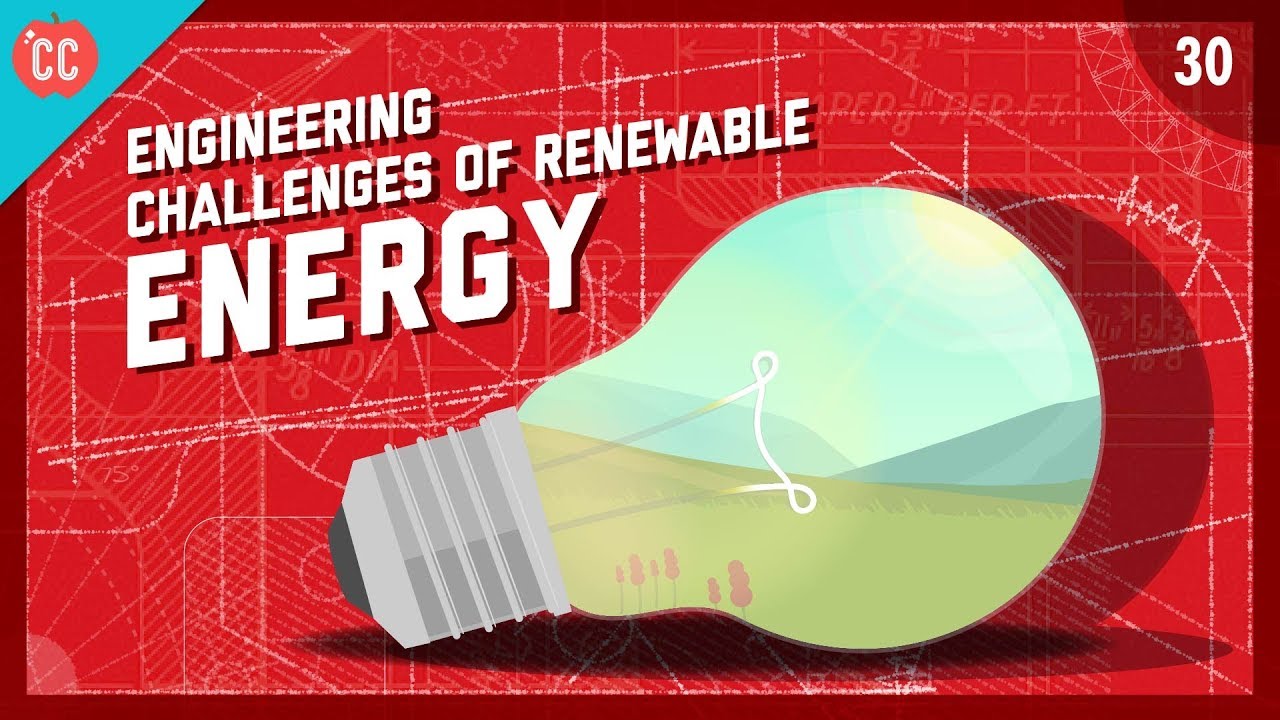
Renewable energy engineering is a field dedicated to the development and application of technologies that harness natural resources for sustainable energy production. This discipline encompasses a variety of energy sources, including solar, wind, hydro, biomass, and geothermal energy. As global energy demands increase and environmental concerns mount, the importance of renewable energy engineering has never been more pronounced.
The shift towards renewable energy is driven by several critical factors:
There are several primary sources of renewable energy, each with its unique technologies and applications. Understanding these sources is essential for anyone interested in renewable energy engineering.
Solar energy is harnessed from the sun’s radiation using various technologies, primarily through:
The growing adoption of solar panels in residential and commercial buildings exemplifies the widespread acceptance of this technology.
Wind energy is generated by converting the kinetic energy of wind into mechanical power using wind turbines. The main components of wind energy systems include:
Wind farms, both onshore and offshore, are increasingly becoming a significant part of the global energy mix.
Hydropower harnesses the energy of flowing or falling water to generate electricity. Key types of hydropower include:
Hydropower is one of the oldest and most widely used renewable energy sources globally, providing a reliable and consistent energy supply.
Biomass energy is derived from organic materials such as plant matter and animal waste. This energy source can be utilized in various forms:
Biomass energy is considered carbon-neutral since the CO2 released during combustion is offset by the CO2 absorbed during the growth of the biomass.
Geothermal energy taps into the heat stored beneath the Earth’s surface. This energy can be used for:
Geothermal energy is a reliable source of power, particularly in regions with significant tectonic activity.
The field of renewable energy engineering encompasses various disciplines, each focusing on specific technologies and applications. Some of these include:
Energy systems engineering focuses on the design and optimization of energy systems, including the integration of renewable energy sources into existing grids. This discipline often involves:
Environmental engineering plays a crucial role in assessing the impacts of renewable energy projects. Key responsibilities include:
Mechanical and electrical engineering are foundational disciplines in renewable energy engineering, focusing on the design and optimization of components such as:
Despite the many advantages of renewable energy, several challenges must be addressed to facilitate its widespread adoption:
One of the primary challenges of renewable energy sources like solar and wind is their intermittent nature. To mitigate this issue, engineers are exploring:
The integration of renewable energy sources into existing energy infrastructure poses significant challenges. Key considerations include:
As the world transitions towards a more sustainable energy future, renewable energy engineering will continue to evolve. Key trends to watch include:
Continuous advancements in technology are driving efficiency and reducing costs across all renewable energy sectors. Notable innovations include:
The role of government policy and market dynamics will play a significant role in shaping the future of renewable energy engineering. Important aspects include:
Renewable energy engineering is a vital field that addresses some of the most pressing challenges facing our planet today. By harnessing the power of natural resources, engineers can contribute to a sustainable energy future that benefits both the environment and society. As technological advancements continue to unfold, the potential for renewable energy to reshape our energy landscape is immense. With ongoing investment, research, and commitment, renewable energy engineering will be at the forefront of the global transition towards a more sustainable and resilient energy system.